
Imagine robots that can transform their shape, sense emotions, and even interact with us as naturally as another human. This article explores ten groundbreaking technologies revolutionizing robotics, from flexible materials and liquid metal to brain-computer interfaces and autonomous driving. Readers will gain insights into how these advancements are pushing the boundaries of what robots can do, opening up new possibilities in fields like healthcare, manufacturing, and disaster response. Get ready to discover how these cutting-edge innovations are shaping the future of robotics.

In recent years, the robotics industry has rapidly developed, and robots have been widely used in various fields, especially in industrial settings. It’s not difficult to see their tremendous potential.
At the same time, it’s crucial to realize that the booming development of the robotics industry is inseparable from advanced scientific research and technical support.
Below, we’ll take a look at the cutting-edge technologies of the top ten robots for your reference.
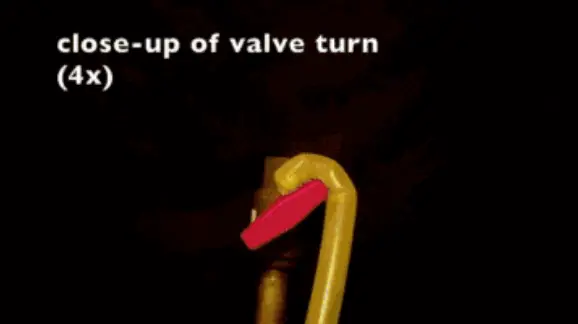
Flexible robot closes the valve
Flexible robot technology refers to the research and development, design, and manufacturing of robots using flexible materials.
Flexible materials with configurable properties can be changed arbitrarily over a wide range, making them highly suitable for pipeline failure inspections, medical diagnoses, and detection investigations.
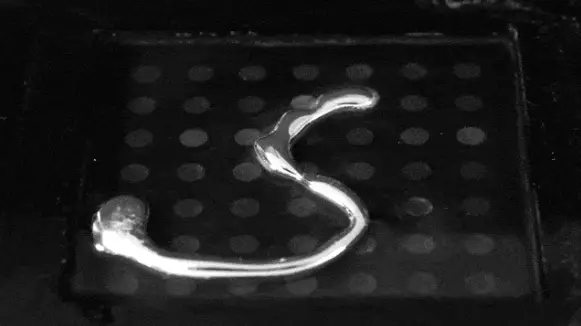
British scientists control liquid metal by programming
Liquid metal control technology refers to a technology that accurately controls the appearance and movement of liquid metal materials by controlling the external electromagnetic field. It can be used in areas such as intelligent manufacturing, disaster relief, and other fields.
Liquid metal is an amorphous, fluid metal, and the current technical focus is primarily on casting liquid metal.
Liquid robots are only a beautiful vision.

Children’s robot iCub developed by Italian Institute of Technology
Biomyoelectric control technology uses surface electromyography signals from the human upper limb to control robotic arms and has broad applications in remote control, medical rehabilitation, and other fields.
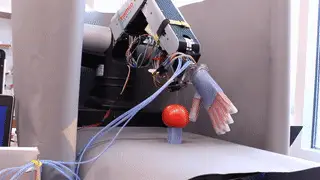
Haptic robot “Gentle Bot” grabs tomatoes
Sensitive tactile technology refers to the use of new tactile sensors based on electricity and fine particle tactile technology, which can make robots more sensitive to the shape, texture, and hardness of objects. Ultimately, this technology allows robots to perform a series of complex tasks such as medical and exploration.
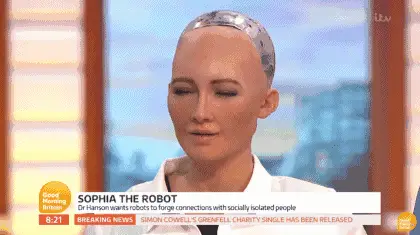
Robot Sophia who once threatened to destroy humans
Robots developed using conversational intelligent interaction technology can understand the user’s questions and provide precise answers. Additionally, they can actively guide the conversation’s completion when information is lacking.
Apple’s next-generation conversational interaction technology aims to eliminate Siri’s “question-and-answer” model and enable it to initiate conversations proactively.
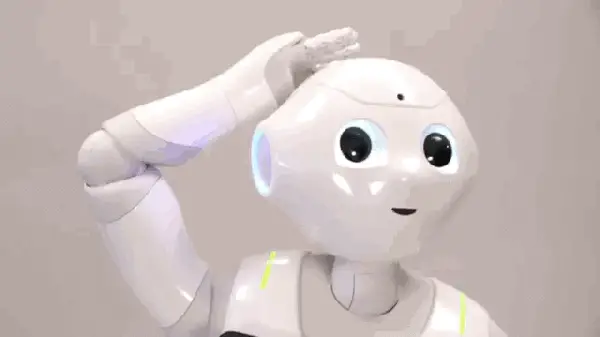
Pepper’s emotional recognition developed by Japanese SBRH
Emotion recognition technology can effectively recognize human emotions and even psychological activities. As a result, robots can acquire human-like observation, understanding, and response capabilities. These capabilities can be utilized in robot-assisted medical rehabilitation, criminal investigation, and identification.
Recognizing and interpreting human facial expressions is a derivative technology that accompanies facial recognition.
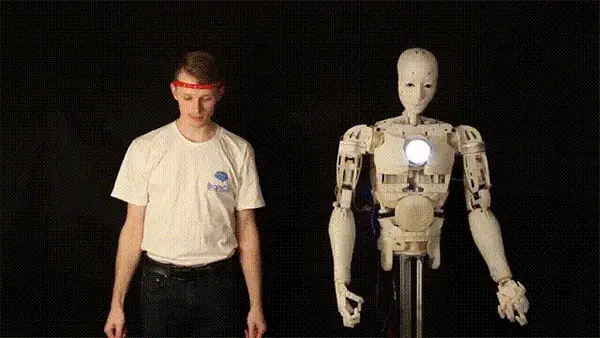
Writing with ideas with the help of focausedu
Brain-computer interface technology refers to the collection, identification, and transformation of electrical activity and characteristic signals of the nervous system. The instructions issued by the human brain can be directly transmitted to the designated machine terminal. This technology can be used to assist with disabled rehabilitation, disaster rescue, and entertainment experiences.
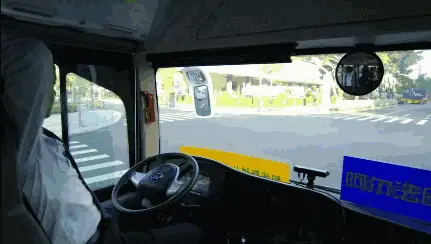
“Alfaba” Intelligent Driving Bus System
The application of autonomous driving technology can provide humans with automated, intelligent loading and transportation vehicles. Additionally, this technology extends to road condition testing, defense and military security, and other fields.
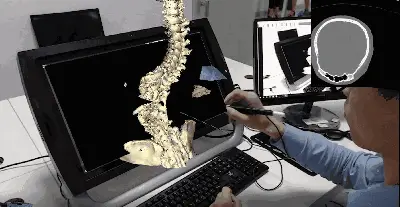
Clinical case of mVR virtual reality surgery planning system for spine
Virtual reality robot technology can enable the operator to remotely control the robot through virtual means. This technology has application value in fields such as maintenance inspection, entertainment experience, on-site rescue, military reconnaissance, and more.
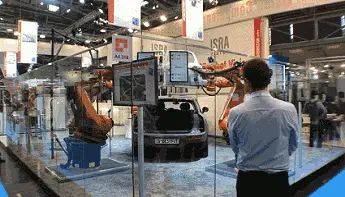
Intelligent robots at the German Robot Show
Robot cloud service technology refers to the robot itself as an execution terminal that performs storage and calculation through the cloud. This technology responds instantly to demand, implements functions, and effectively implements data communication and knowledge sharing. It provides users with a new type of robot service method that is infinitely expandable and can be used on demand.








